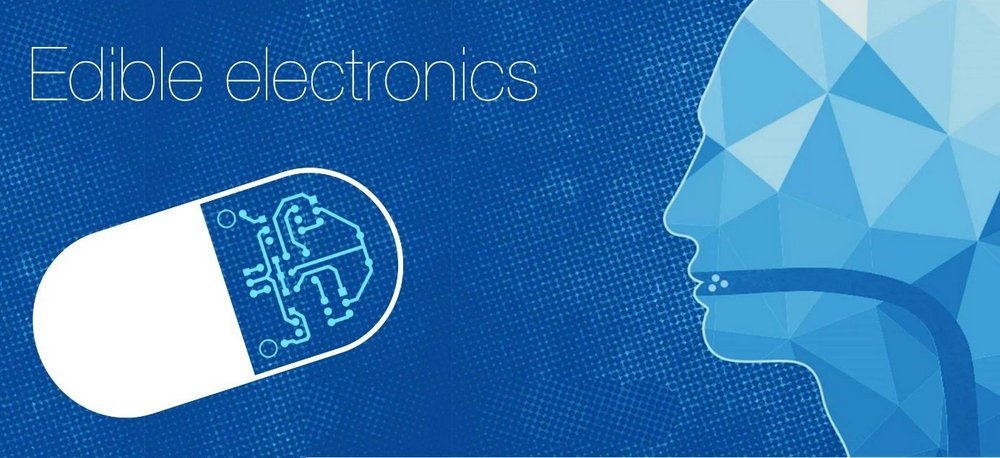Charge It & Then Eat It – Scientists Develop Edible Skin Powered Batteries Which Can Revolutionize Medical Science

Batteries normally remind us of lithium, lead, chemicals and all sort of stuff which is termed as bio-hazards. What if it transforms into bio-friendly, made from the parts of our body which can be eaten, safely? A whole new paradigm of opportunities open up, which can revolutionize medical sciences as we know it.
This concept of edible, digestible batteries are no more fiction.
Academics working at Carnegie Mellon University in the US have created edible batteries made from parts of our skin, mainly skin pigment melanin which can easily power a small 5 milliWatt device for 18 hours.
Professor Christopher Bettinger, who is one of the key members of this research team said, “The beauty is that by definition an ingestible, degradable device is in the body for no longer than 20 hours or so. Even if you have marginal performance, which we do, that’s all you need.”
As per his team, such edible batteries are harmless, as they are made from human parts, and can be extremely useful in conducting complex medical procedures which were only theoretical till date.
How Edible Batteries Have Been Created?
Melanin, which is a pigment found in our skin, eyes and hair can absorb harmful ultraviolet rays, and protect us from their harmful effects. Besides, they can also bind and unbind ions, which is exactly what happens inside a battery.
Using this power of melanin, scientists have developed edible batteries, which can safely be consumed, and stored inside a human body for 18 hours.
Copper and Iron, which are abundantly found inside human bodies have also been used in creating such innovative batteries, along with melanin pigments which acts as positive and negative terminals.
Around 600 mg of active melanin materials have been experimented to use as cathode in this battery, which gave enough power to operate a 5 milliWatt device.
Research is right now underway to use pectin, a substance used as gelling agent in manufacturing jam, to create such edible batteries.
How Can It Change Medical Science?
With these edible batteries, doctors can now insert a device into the human body, which can observe and react to medical emergencies as they occur. Right now, doctors have to wait for the incident to occur, and then react with medicines. But in future, these edible battery powered medical device can act immediately, thereby saving valuable time which can actually define the difference between life and death.
For instance, these small devices with edible batteries can instantly release a vaccine to kill just-born viruses or report changes in the intestines to release a life-saving drug which can save the patient’s life.
Although pacemakers do use batteries which stay inside the human bodies, they are termed as toxic and have to be kept insulated from the human body. There are dangers and risks involved in placing such toxic batteries inside the human body; and the invention of such edible batteries can lower the risk to maximum extent.
As per the medical experts, such breakthrough can be extremely useful in treatment of cancer, where timing is very important.
18-20 hours life of a medical device with non-toxic batteries inside the human body can do wonders, and this is just the beginning.
